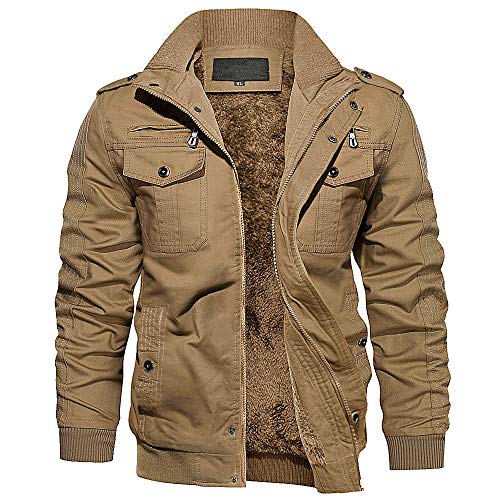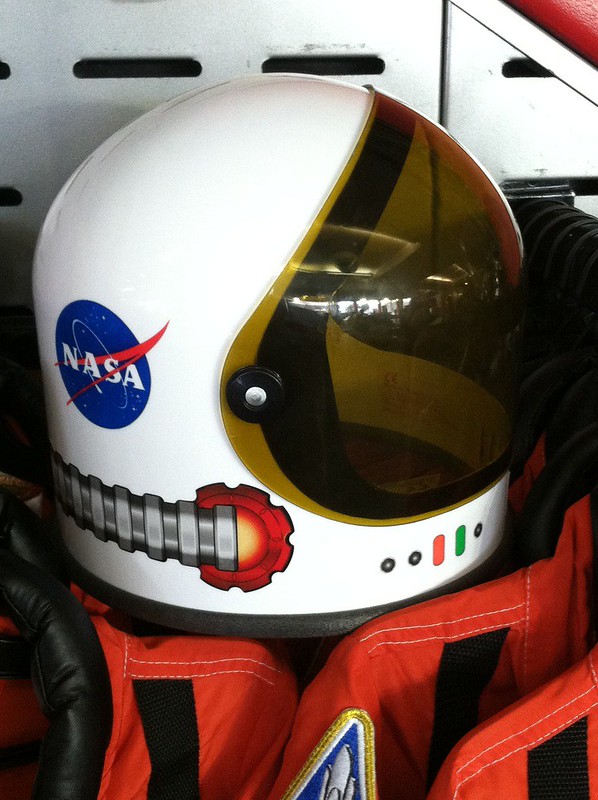LittleJon
Farting Brisket Sprinkles
"At present the Foundation has not had the opportunity to test any of the flip up front type helmets for certification."
I find this statement hard to believe. If a safety foundation is established for the sole purpose of testing helmets, why would modular helmets not be tested? How long does a product need to be on the market for a safety foundation, established to test said products for safety, to get "the opportunity" to test them? Why would modular type helmets be so exclusively excluded from testing? Why wouldn't a manufacturer submit their modular style for SNELL testing along with their full face model?
Am I obsessing? Perhaps. I prefer a modular helmet, and I don't know that a SNELL safety rating is all that important to me. It just seems a little fishy to me...
I find this statement hard to believe. If a safety foundation is established for the sole purpose of testing helmets, why would modular helmets not be tested? How long does a product need to be on the market for a safety foundation, established to test said products for safety, to get "the opportunity" to test them? Why would modular type helmets be so exclusively excluded from testing? Why wouldn't a manufacturer submit their modular style for SNELL testing along with their full face model?
Am I obsessing? Perhaps. I prefer a modular helmet, and I don't know that a SNELL safety rating is all that important to me. It just seems a little fishy to me...































































